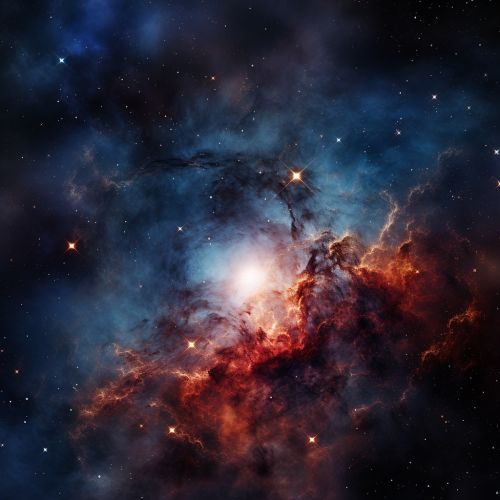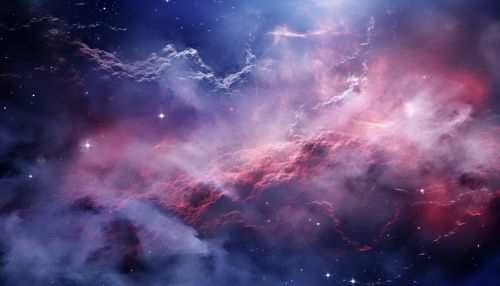Machine Learning in Astronomical Data Analysis
Introduction
Machine learning is a subset of AI that provides systems the ability to automatically learn and improve from experience without being explicitly programmed. Machine learning focuses on the development of computer programs that can access data and use it to learn for themselves. This field of study has found its application in various sectors, including astronomy.
Astronomy, the scientific study of celestial objects, space, and the physical universe as a whole, has been significantly impacted by the advent of machine learning. The combination of machine learning and astronomical data analysis has led to the development of new tools and techniques that have revolutionized the way astronomers study the universe.
Machine Learning Techniques in Astronomy
Machine learning techniques have been employed in astronomical data analysis to automate the process of detecting and classifying celestial objects, predicting astronomical events, and understanding the structure and evolution of the universe.
Supervised Learning
Supervised learning is a type of machine learning where an algorithm learns from labeled training data, and uses this learning to classify new, unseen data. In the context of astronomy, supervised learning can be used to classify celestial objects such as stars, galaxies, and quasars based on their spectral energy distributions or morphological features.


Unsupervised Learning
Unsupervised learning is another type of machine learning where an algorithm learns from unlabeled training data. The goal of unsupervised learning is to find hidden patterns or intrinsic structures in the data. In astronomy, unsupervised learning can be used to cluster celestial objects based on their similarities, or to detect anomalies that may represent new or unusual phenomena.
Reinforcement Learning
Reinforcement learning is a type of machine learning where an agent learns to make decisions by taking actions in an environment to maximize some notion of cumulative reward. In the context of astronomy, reinforcement learning can be used to optimize the scheduling of telescope observations, or to control the adaptive optics of a telescope to maximize image quality.
Applications of Machine Learning in Astronomical Data Analysis
Machine learning has been applied in various aspects of astronomical data analysis, including object detection and classification, redshift estimation, transient detection, and time-series analysis.
Object Detection and Classification
One of the primary applications of machine learning in astronomical data analysis is in the detection and classification of celestial objects. Machine learning algorithms can be trained to recognize patterns in the data that correspond to different types of objects, such as stars, galaxies, and quasars. This can greatly speed up the process of cataloging and studying these objects.
Redshift Estimation
Redshift is a key parameter in astronomy that indicates the distance of a celestial object from the observer. Machine learning algorithms can be used to estimate redshifts from spectral or photometric data, providing a valuable tool for studying the large-scale structure of the universe and the evolution of galaxies.
Transient Detection
Transient events, such as supernovae, gamma-ray bursts, and gravitational wave events, are of great interest in astronomy. Machine learning algorithms can be used to detect these events in real-time from time-series data, enabling rapid follow-up observations.
Time-Series Analysis
Time-series analysis is a critical aspect of astronomical data analysis, used for studying variable objects such as pulsars, variable stars, and active galactic nuclei. Machine learning algorithms can be used to classify these objects, detect periodicities, and predict future behavior.
Challenges and Future Directions
While machine learning has already made significant contributions to astronomical data analysis, there are still many challenges to be overcome and opportunities for future research.
Handling of Large Datasets
One of the key challenges in astronomical data analysis is the handling of large datasets. The next generation of astronomical surveys, such as the LSST, will produce petabytes of data each year. Machine learning algorithms will need to be scaled up to handle these large datasets.
Interpretability of Models
Another challenge is the interpretability of machine learning models. While these models can make accurate predictions, it is often difficult to understand why they have made a particular decision. This can be problematic in astronomy, where physical interpretation is important.
Integration with Physical Models
A promising direction for future research is the integration of machine learning with physical models. This could allow for more accurate predictions and a deeper understanding of the underlying physics.
See Also
Artificial Intelligence in Astronomy Data Mining in Astronomy Statistical Methods in Astronomy
